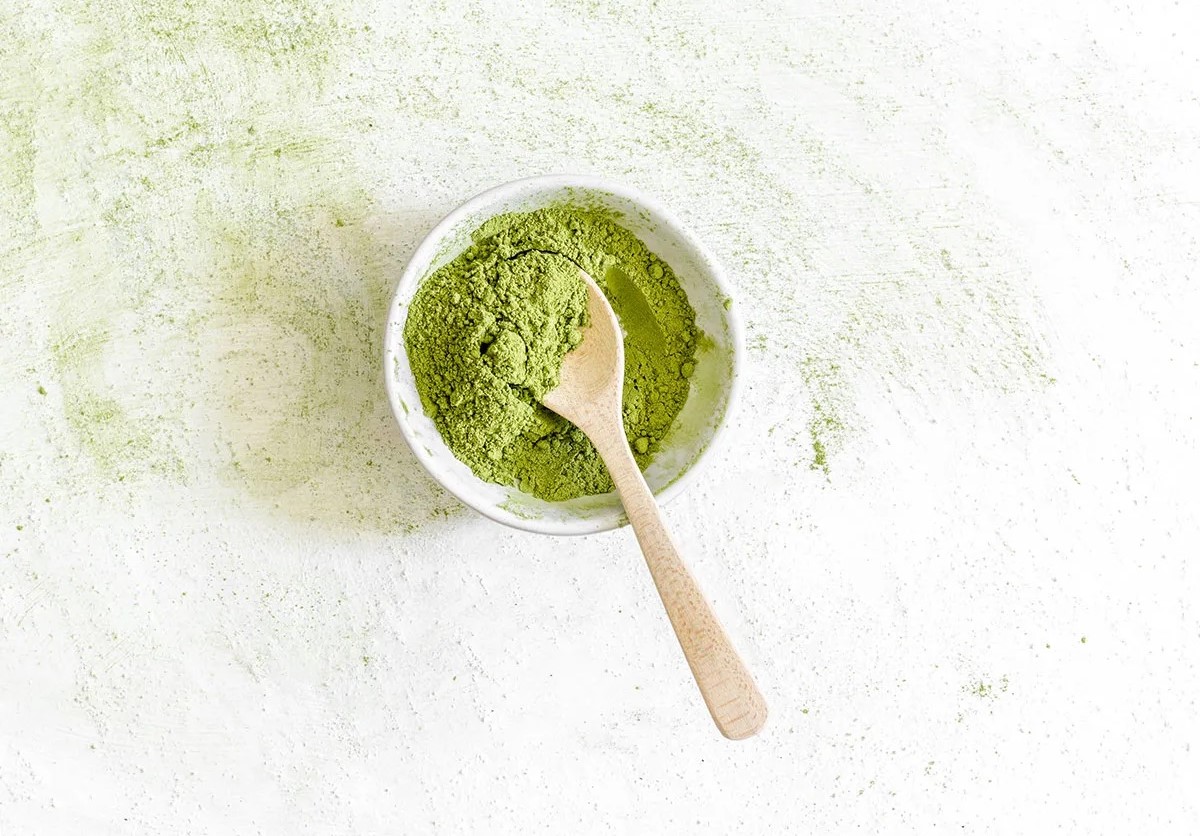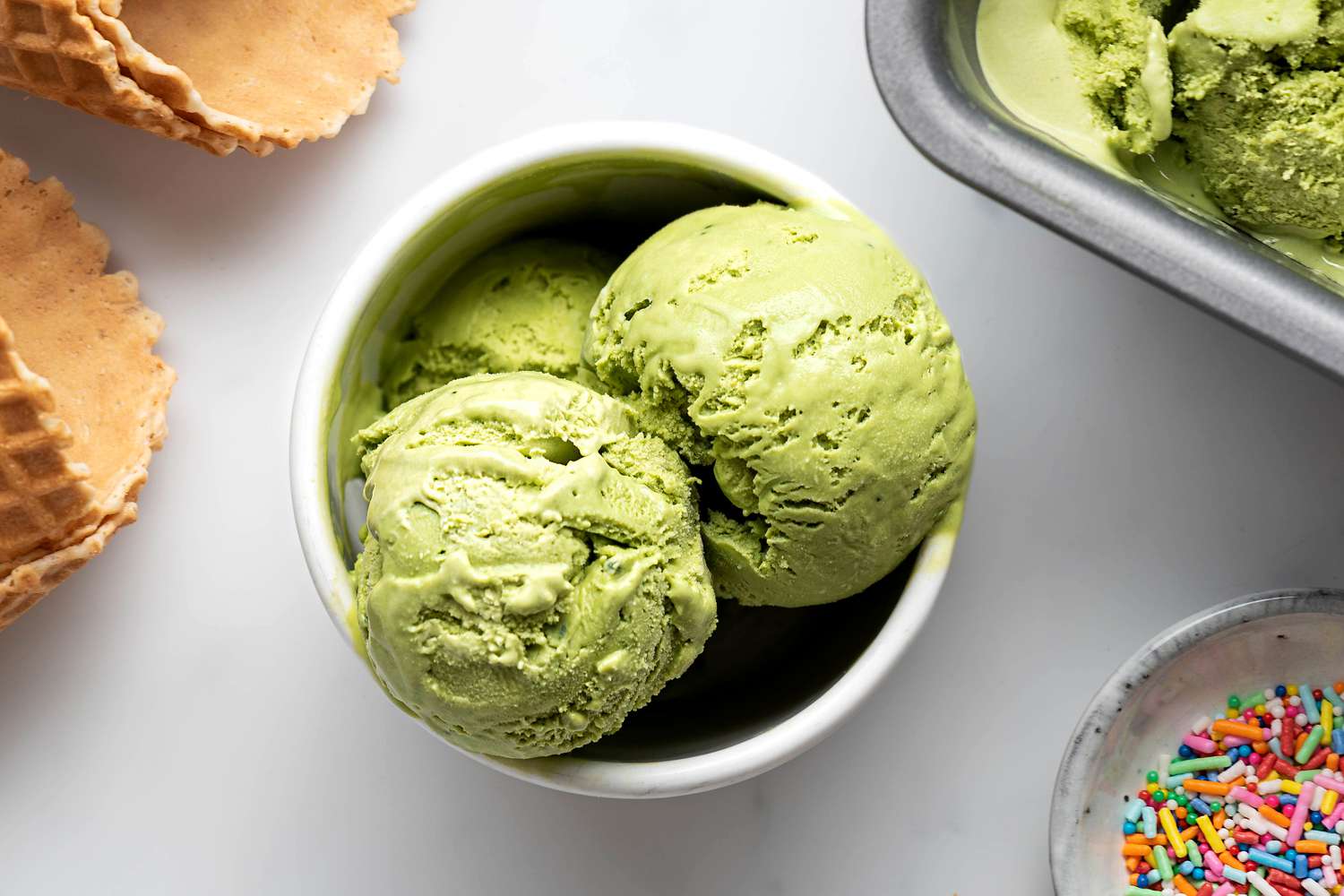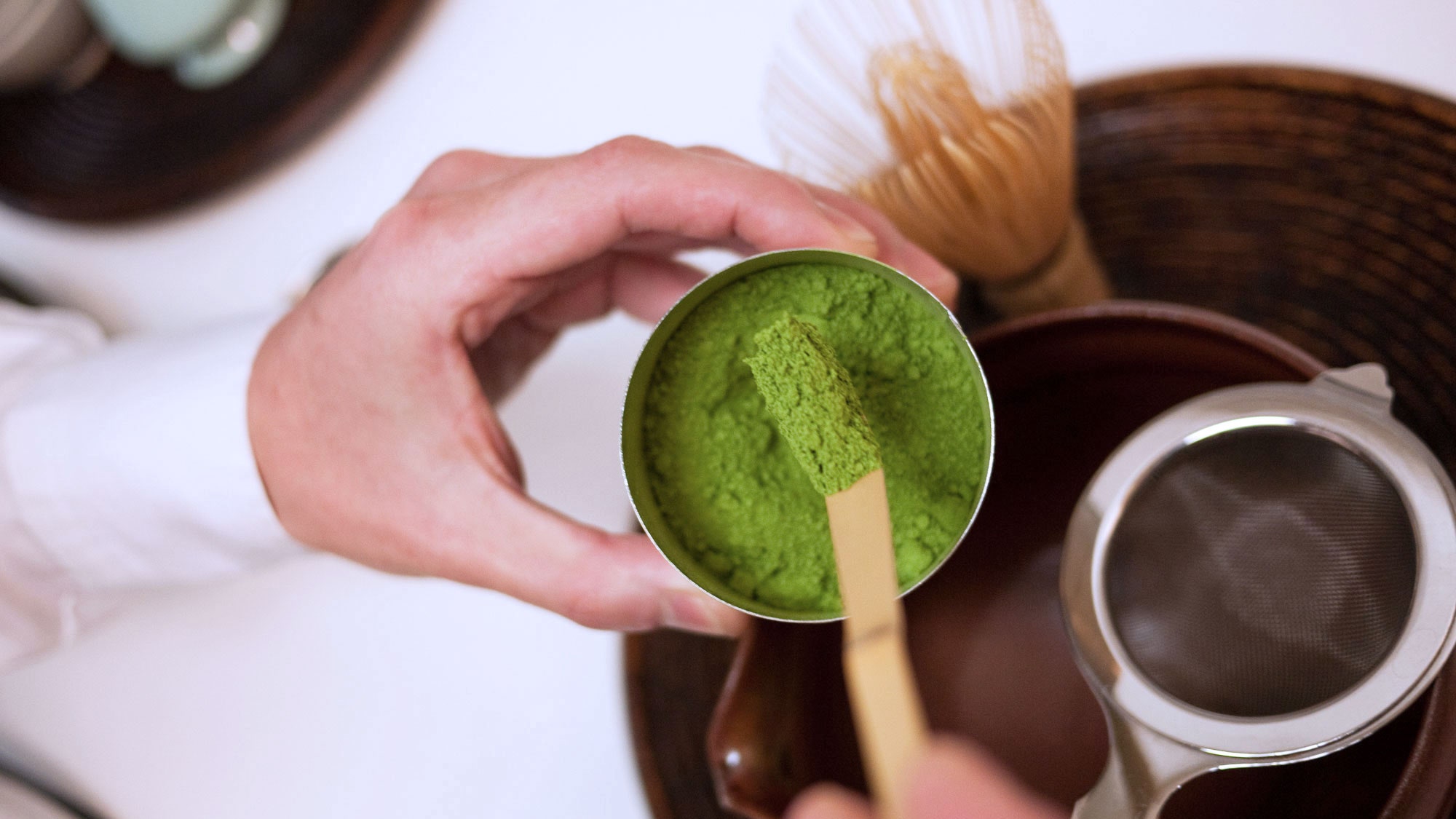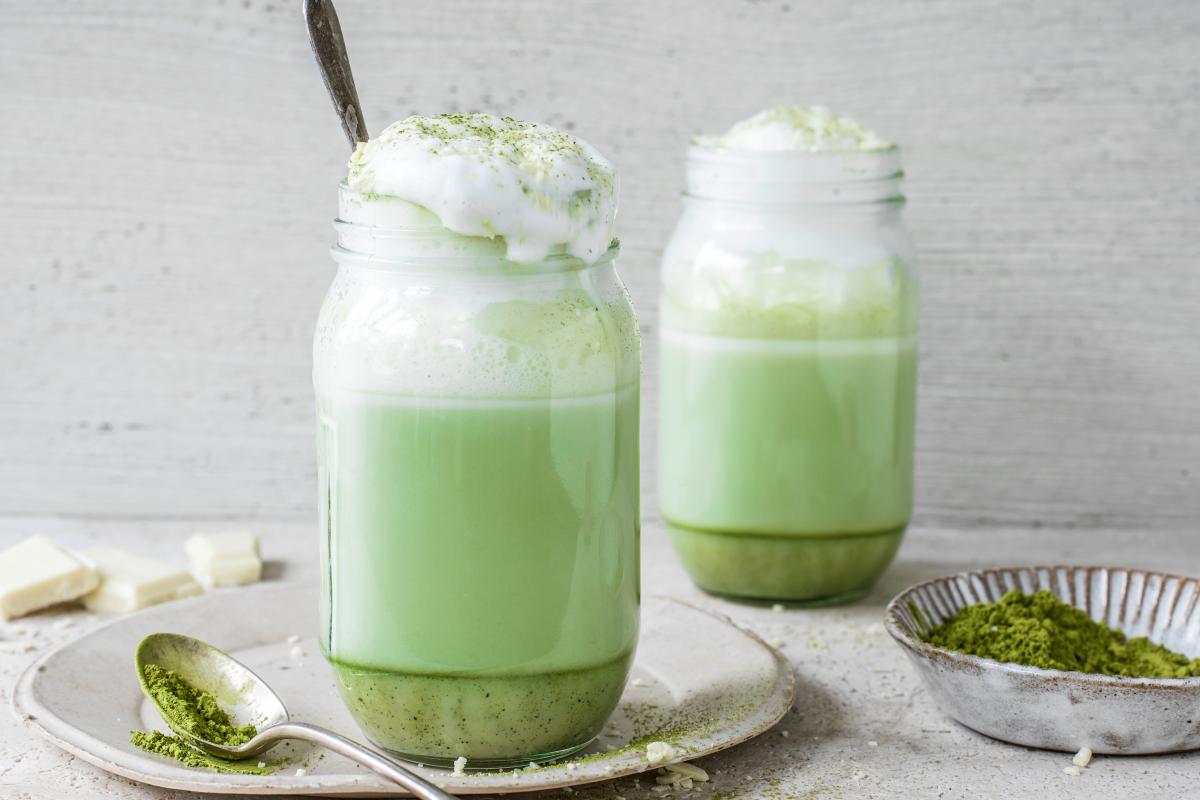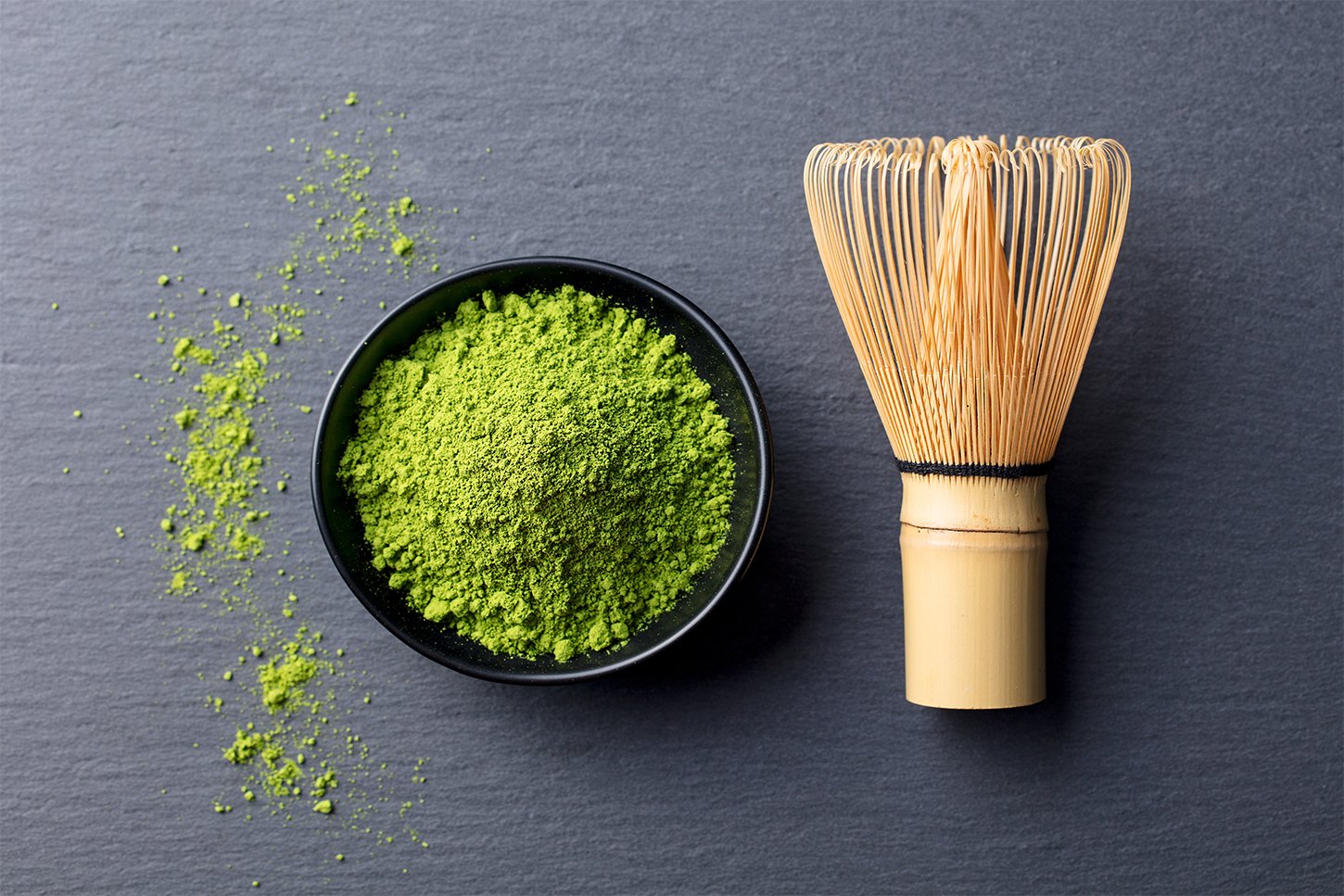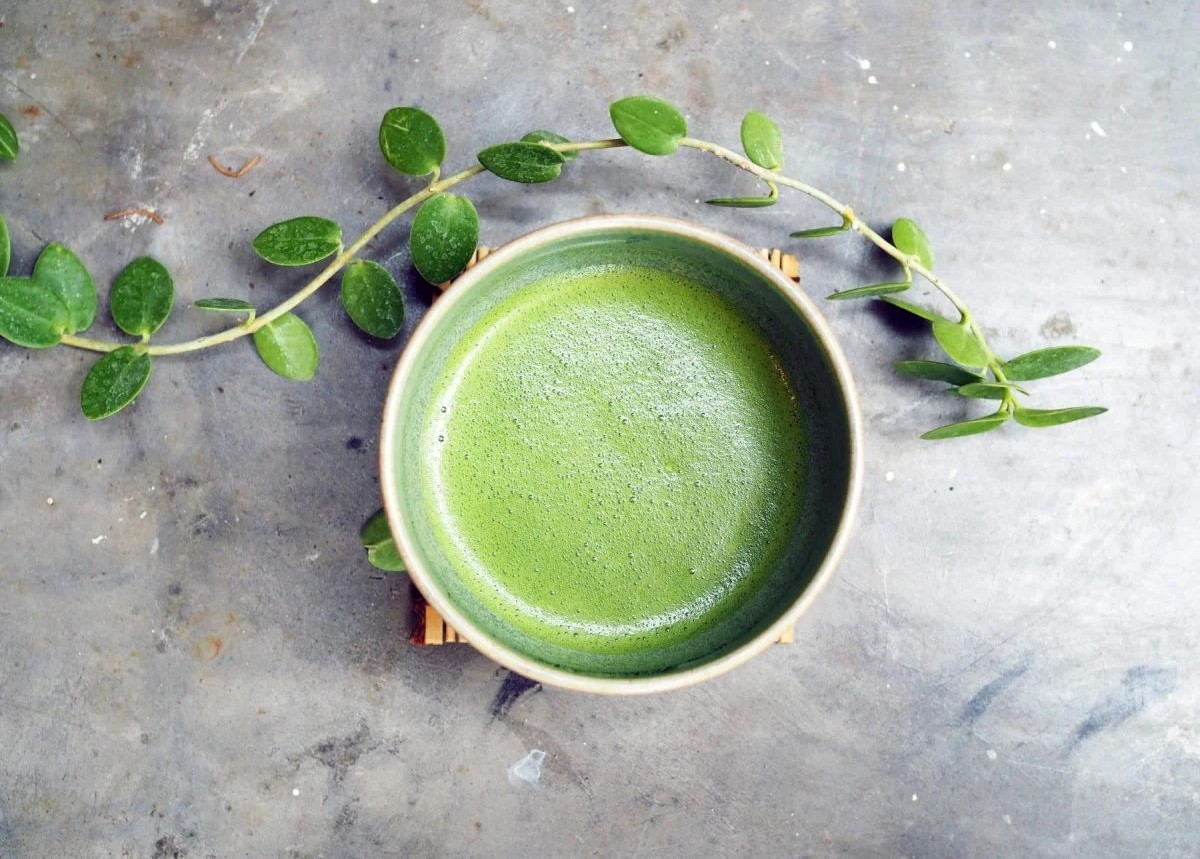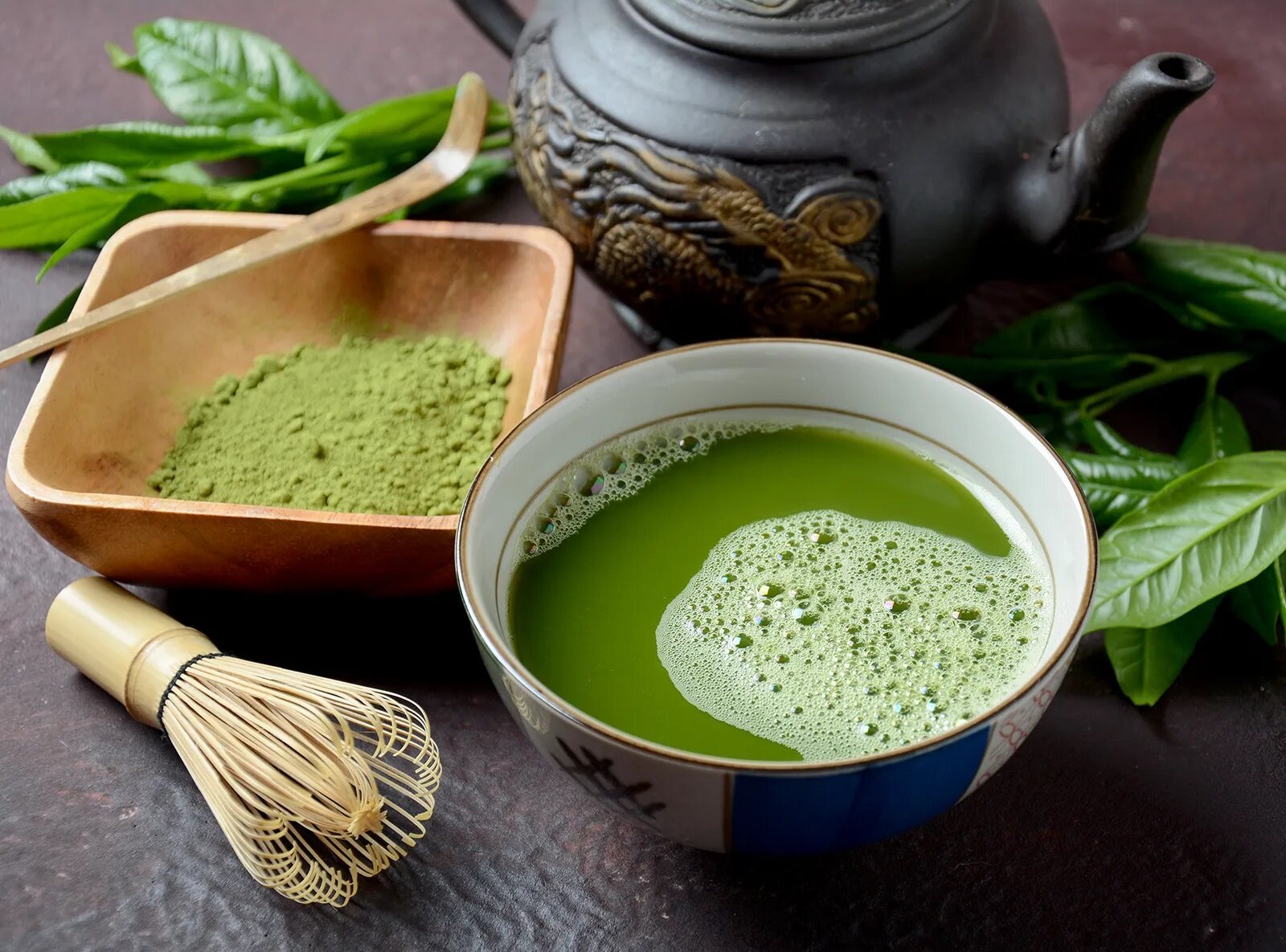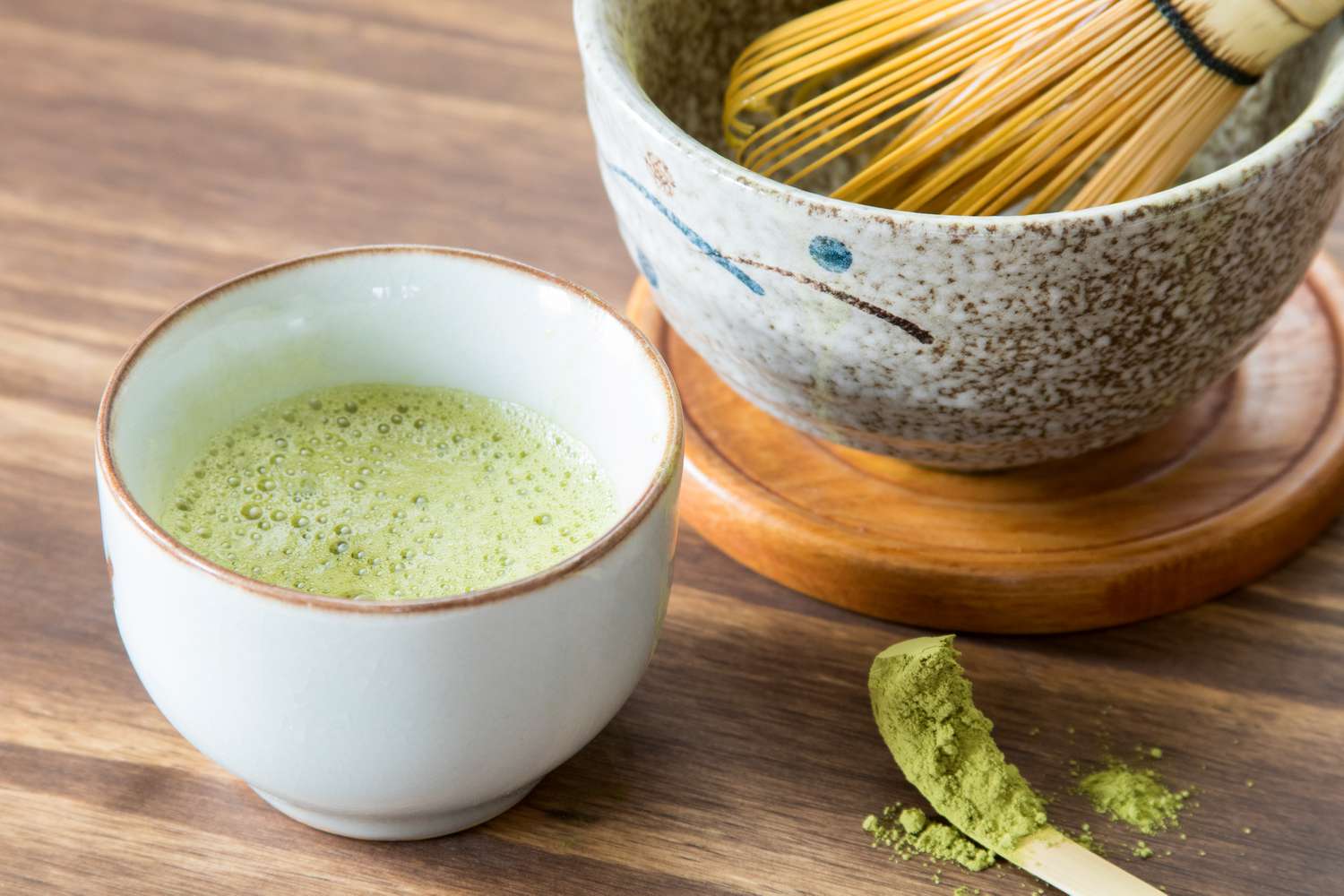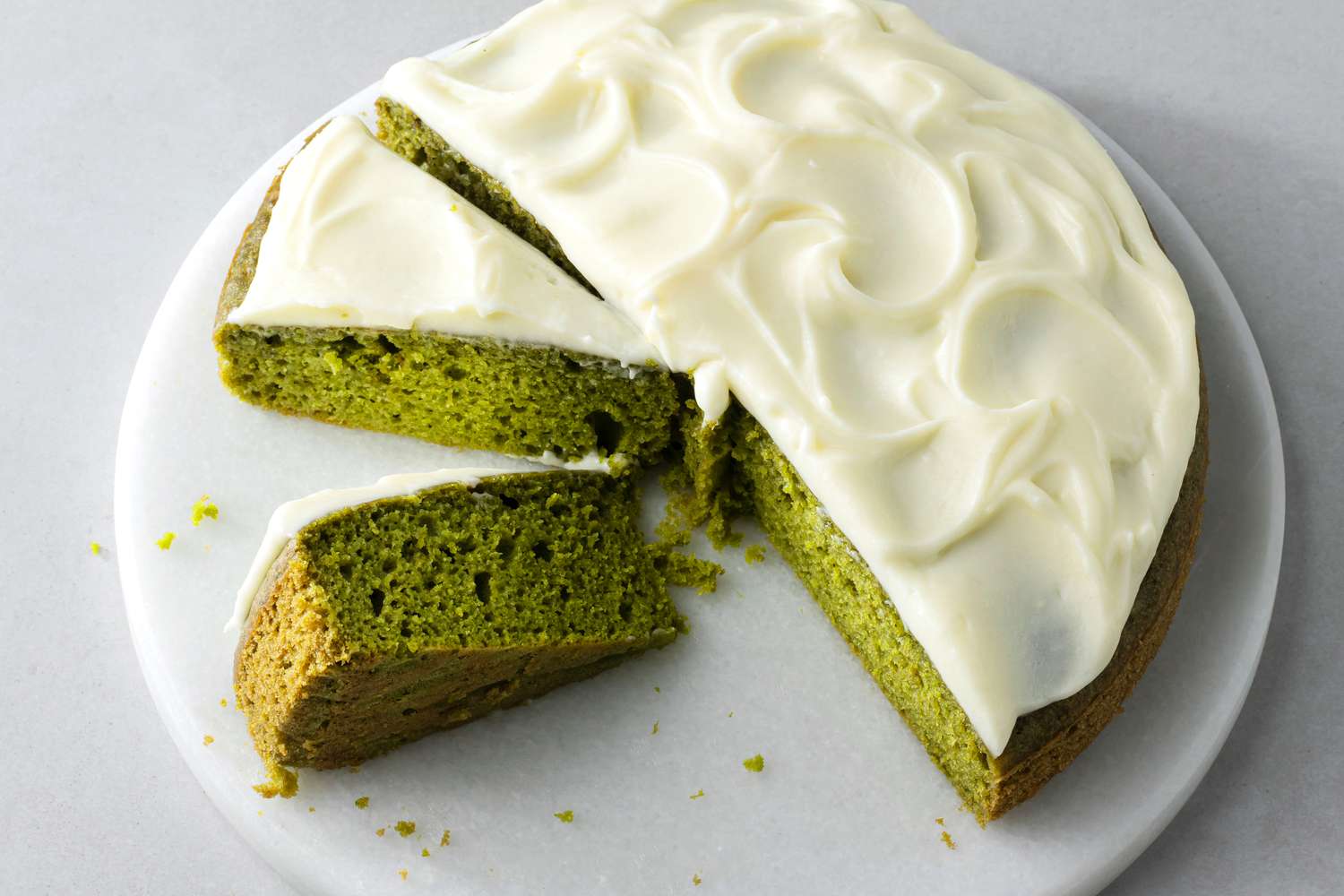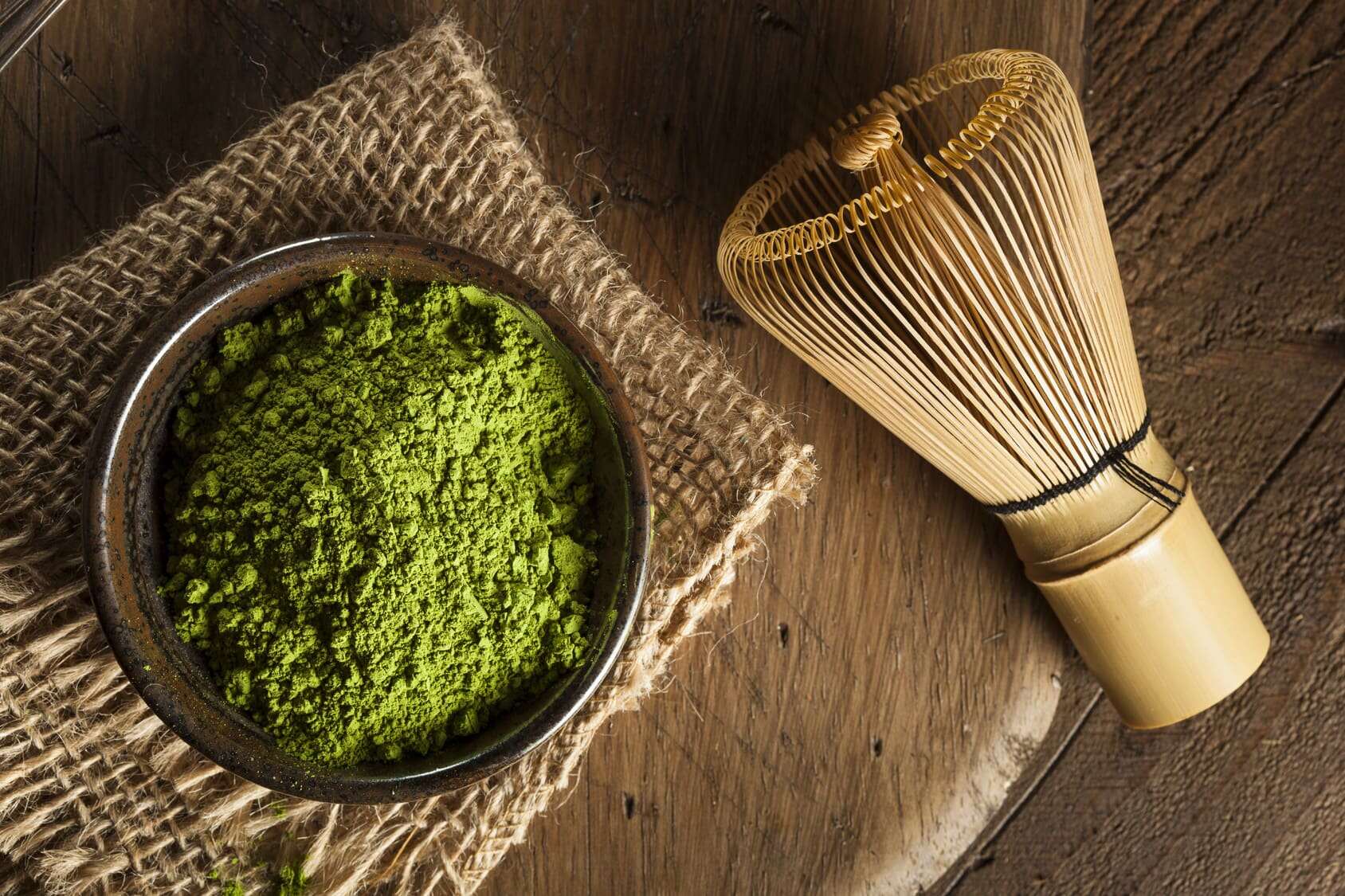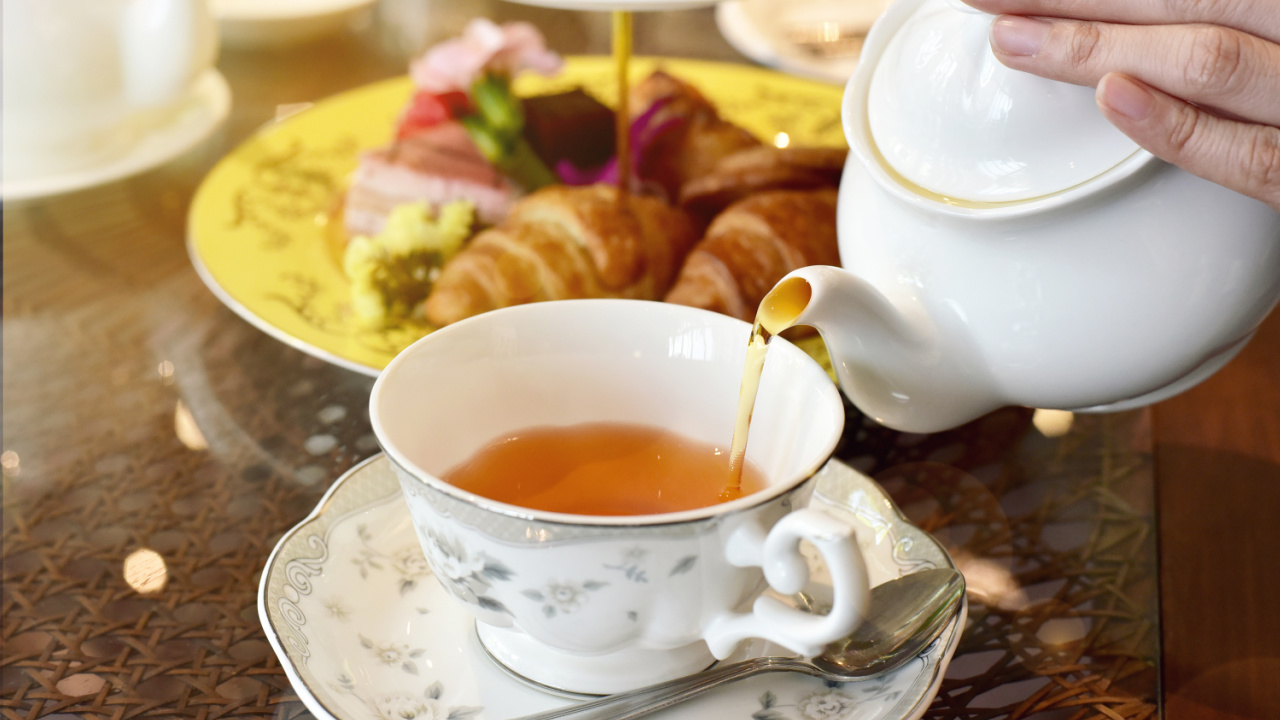What Is Matcha?
Matcha, a vibrant and exquisite powdered green tea, has been gaining immense popularity in recent years. But what exactly is matcha and why is it causing such a stir in the food and beverage world? Let’s dive into the fascinating world of matcha and uncover its secrets.
1. Origin of Matcha:
Matcha originated in ancient Japan and has been an integral part of Japanese tea ceremonies for centuries. The tea leaves used to make matcha are carefully cultivated and shaded from sunlight, which enhances the flavor and quality of the final product.
2. How Matcha is Produced:
The production process of matcha involves meticulously grinding the shade-grown tea leaves into a fine powder. This fine powder is then used to make the iconic and highly-concentrated matcha tea.
3. Health Benefits of Matcha:
Matcha is often celebrated for its impressive health benefits. Here are a few reasons why matcha has gained a reputation as a superfood:
- High in Antioxidants: Matcha is packed with antioxidants, which help protect the body against harmful free radicals.
- Boosts Energy Levels: Unlike traditional green tea, matcha provides a sustained energy boost without the jitters, thanks to the presence of L-theanine.
- Calms the Mind: Matcha contains L-theanine, an amino acid that promotes relaxation and helps reduce stress.
- Detoxification: The chlorophyll content in matcha helps cleanse and detoxify the body.
4. Culinary Uses of Matcha:
Matcha is not only consumed as tea but is also a versatile ingredient in various culinary creations. Here are some ways you can incorporate matcha into your cooking:
- Beverages: Besides the traditional matcha tea, you can add matcha powder to smoothies, lattes, and even cocktails.
- Baking: Matcha adds a delightful green hue and a distinct flavor to baked goods like cakes, cookies, and muffins.
- Desserts: From ice creams to puddings and chocolates, matcha enhances the taste and appearance of desserts.
- Savory Dishes: Some adventurous food enthusiasts experiment with matcha by incorporating it into savory dishes like pasta sauces, dressings, and marinades.
5. Tips for Choosing and Storing Matcha:
When purchasing matcha, look for high-quality, stone-ground powder that is vibrant green in color. It’s also recommended to store matcha in an airtight container and keep it away from light, heat, and moisture to maintain its freshness and flavor.
Now that you know what matcha is, its health benefits, and its culinary uses, it’s time to embark on your matcha journey. From enjoying a soothing cup of matcha tea to exploring its unique flavor in a range of dishes, matcha is sure to leave you captivated with its exquisite taste and vibrant green charm.
Was this page helpful?
BIG GAMING CASINO
Welcome to Big Gaming Casino website the Number One online casino with hundreds of online betting games to amuse you for fun or for real money prizes. A safe and comfortable platform is available 24/7 on the top of your fingers..
